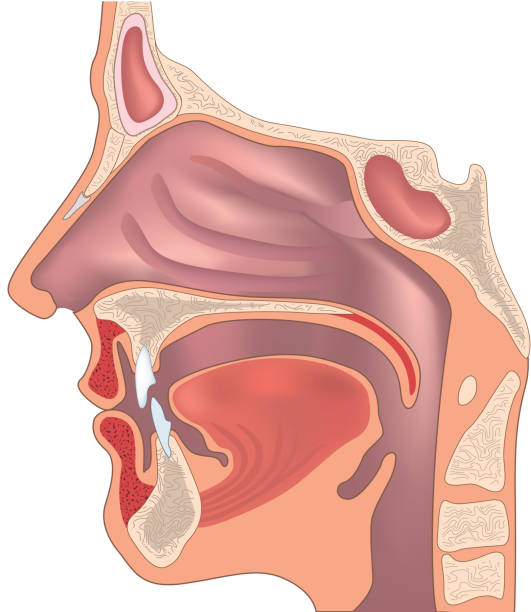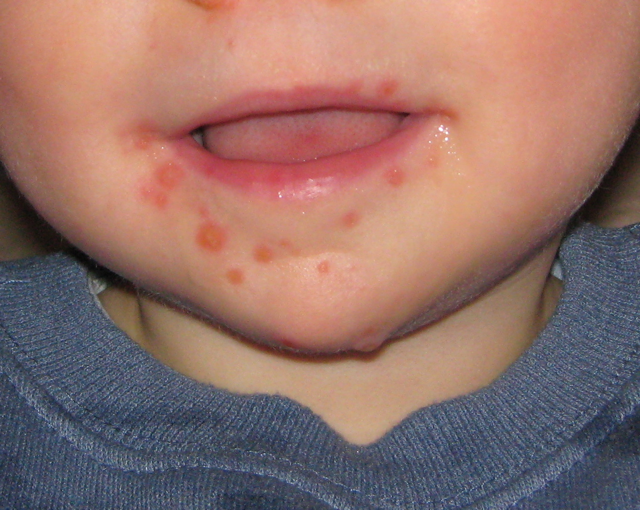
Green Tongue: Causes, Treatments, and When to Worry
Discover the common and serious causes of a green tongue, from poor oral hygiene and oral thrush to underlying conditions. Learn about treatments and when to see a doctor.

Discover the common and serious causes of a green tongue, from poor oral hygiene and oral thrush to underlying conditions. Learn about treatments and when to see a doctor.

Understand the key differences between plaque and tartar, why tartar is more dangerous, and how to prevent buildup for better oral and overall health.

Uncover the truth about braces pain. Learn why they hurt, how long the discomfort lasts, and effective ways to manage it, from initial fitting to adjustments.

Experiencing a persistent sweetish taste? Learn the potential causes, from common issues like diabetes and GERD to infections, medications, and neurological factors.

A scalloped tongue has wavy indentations on its sides. Learn what causes it, from sleep apnea and thyroid issues to anxiety, and when you should see a doctor.

A comprehensive guide to why people bite their lips, exploring causes like anxiety and dental issues, the health impacts, and effective ways to stop.

A comprehensive guide to understanding and managing dry mouth during pregnancy. Learn about causes, from hormones to gestational diabetes, and find safe remedies.

Black gums can be normal due to natural pigmentation, but can also signal health issues like gum disease or Addison's disease. Learn the causes and treatments.

A comprehensive guide to understanding why lupus causes mouth ulcers, how to identify them, and the best treatment and prevention strategies. Medically reviewed.

Find out how long dental numbing from 'Novocaine' really lasts, what factors affect it, and how to safely speed up the recovery process. Medically reviewed.

Feeling a loose molar is alarming. Learn the top causes like gum disease and trauma, what to do immediately, and when a dentist can save your tooth.

Feeling pain? Your headache's location can offer vital clues. Our guide helps you decode the headache map to identify potential causes, from migraines to tension.
The terms "head" and "mouth" are intrinsically linked, describing both a broad anatomical region and the vital gateway to our digestive and respiratory systems. Understanding the structure of the oral cavity, its functions, the conditions that affect it, and its profound connection to our body's overall health is crucial for a lifetime of well-being.
This comprehensive guide synthesizes information from leading medical institutions to provide a complete overview of the head and mouth, from basic anatomy to complex diseases like oral cancer and the contagious Hand, Foot, and Mouth Disease.
The oral cavity, or mouth, is a complex structure within the head that serves as the first part of the digestive tract. Its anatomy is designed to perform several essential functions efficiently.
According to StatPearls from the National Institutes of Health (NIH), the oral cavity is composed of two main regions:
Key structures within the mouth include:
 Image Source: iStock
Image Source: iStock
As highlighted by the Cleveland Clinic, the mouth plays a central role in several daily bodily functions:
The head and mouth region is susceptible to a wide range of conditions, from common viral illnesses to serious cancers.
Often confused with the term "head and mouth disease," Hand, Foot, and Mouth Disease (HFMD) is a mild but highly contagious viral illness common in young children.
According to the Mayo Clinic and the CDC, HFMD is typically caused by the coxsackievirus.
 Image Source: Wikipedia
Image Source: Wikipedia
Head and neck cancers are malignancies that can develop in the oral cavity, throat, voice box, sinuses, nasal cavity, or salivary glands. Squamous cell carcinoma accounts for over 90% of these cases.
Yale Medicine experts identify the primary risk factors:
Symptoms to watch for include:
Research shows that HPV is now responsible for 70-90% of oropharyngeal cancers. These cancers are increasingly seen in younger individuals without traditional risk factors. Fortunately, HPV-positive cancers have a much better prognosis and respond more effectively to treatment than HPV-negative cancers. The HPV vaccine is a highly effective tool for preventing these cancers and is recommended for both boys and girls.
It's common to develop sores or spots in the mouth, but it's important to know when to be concerned.
A professional evaluation, and sometimes a biopsy, is necessary to make a definitive diagnosis.
A growing body of scientific evidence reveals that oral health is a mirror to your overall health. The mouth can act as a gateway for harmful bacteria and inflammation to spread throughout the body, a concept known as the oral-systemic connection.
Two primary mechanisms link oral issues to systemic diseases:
Research, such as that highlighted by Tufts University, has established strong links between poor oral health and several serious conditions:
!Dentist examining patient's mouth Image Source: Pexels
Given the critical role of oral health, preventive care is paramount.